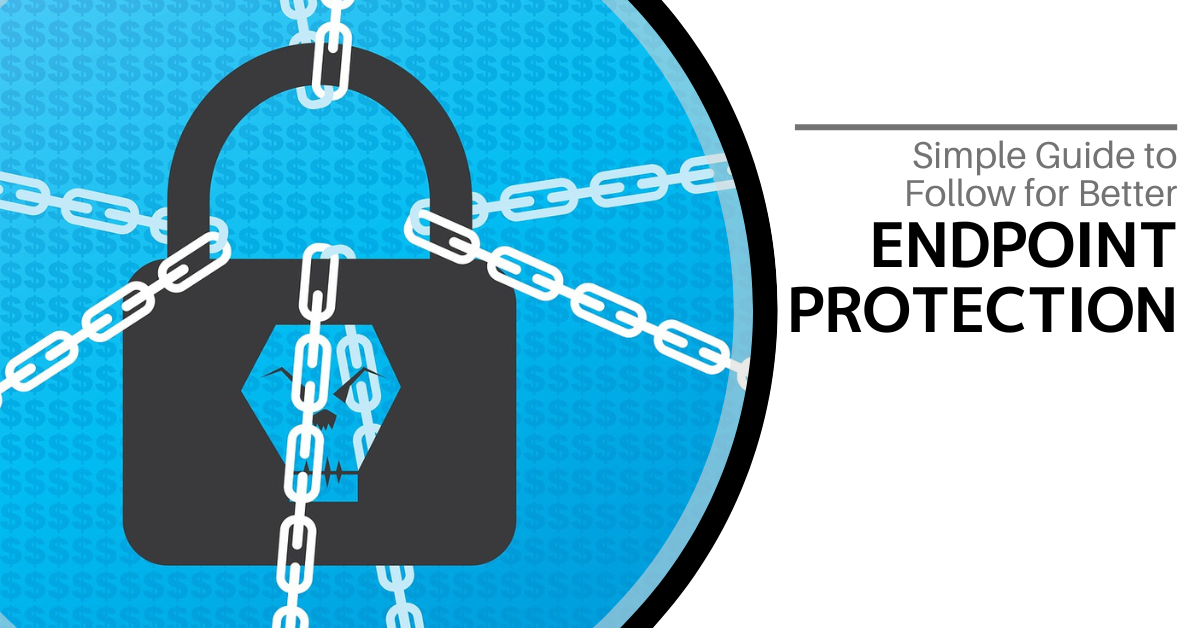Endpoints are a large part of an organization’s network and IT infrastructure. This is a collection of computers, mobile devices, servers and smart devices. Like all his IoT devices, they are all connected to the corporate network.
The number of endpoints in an enterprise depends on the size of the enterprise. A company with fewer than 50 employees has about 22 endpoints. A small business with 50-100 employees has approximately 114 endpoints. Large companies with over 1,000 employees have an average of 1,920 endpoints.
Each of these devices presents an opportunity for hackers to breach corporate defences. It can inject malware or access sensitive company data. An endpoint security strategy addresses endpoint risks and implements targeted tactics.
64% of organizations experienced one or more compromised endpoint attacks.
This guide presents a simple solution. A solution focused on endpoint protection.
Address Password Vulnerabilities
Passwords are one of the biggest vulnerabilities when it comes to endpoints. News constantly reports of major data breaches related to leaked passwords. For example, the RockYou2021 violation. The number of exposed passwords was the largest ever at 3.2 billion.
Poor password security and security breaches make credential theft one of the biggest cybersecurity threats.
To address endpoint password vulnerabilities:
- Train employees on proper password creation and handling.
- Look for passwordless solutions like biometrics.
- Install multi-factor authentication (MFA) for all accounts.
STOP Malware Booting
USB drives (also known as flash drives) are popular trade show giveaways. But seemingly harmless USB sticks can actually cause violations. One of the tricks hackers use to gain access to a computer is booting it from a USB device that contains malicious code.
There are some precautions you can take to prevent this from happening. One of them is to make sure you use firmware protection that covers two areas. These include Trusted Platform Module (TPM) and Unified Extensible Firmware Interface (UEFI) security.
The TPM is resistant to physical tampering and malware tampering. Check if the boot process is running normally. Also, monitor for the presence of anomalous behaviour. Also look for devices and security solutions that can disable USB boot.
Update all endpoint security solutions
Endpoint security solutions should be updated regularly. We recommend automating software updates as much as possible to avoid being left to chance.
Firmware updates are often forgotten. One reason is that we don’t usually see the same kind of alerts for software updates. However, they are important to ensure the safety and security of your device.
It’s best to hire an IT expert to manage all updates for the endpoint. They ensure that updates are timely. It also ensures that your device and software are updated smoothly.
Use Modern Device and User Authentication
How do you authenticate users to access your network, enterprise applications, and data? are at higher risk of security breaches.
Uses two modern authentication methods:
- Contextual Authentication
- Zero Trust Approach
Contextual Authentication takes MFA one step further. Authentication and security policy context-based hints are taken into account. This includes several things. For example, the time the user logged in, geographic location, device used, etc.
Zero Trust is a continuous network monitoring approach. It guarantees that all entities in the network belong there. Safelisting a device is an example of this approach. By default, it allows all devices to access the network and blocks all other devices.
Enforce Security Policies Throughout the Device Lifecycle
Security protocols should be in place from the initial purchase of a device until its retirement. Tools such as Microsoft AutoPilot and SEMM allow businesses to automate. We employ sound security measures at all stages of the lifecycle. This ensures that companies never miss an important step.
In this case, you should remove unnecessary permissions. When a device is moved from one user to another, old data should be cleaned properly. And reconfigured for the new user. When disposing of the appliance, it must be properly cleaned. This means deleting all information and disconnecting from all accounts.
Prepare for Lost or Stolen Devices
Unfortunately, mobile devices and laptops are lost or stolen. In that case, we need a sequence of events that can be executed immediately. This helps avoid corporate risk of data and exposed business accounts.
Prepare in advance for potential device loss with a backup solution. Also, consider using endpoint security. This allows remote locking and wiping of devices.
Reduce Your Business Endpoint Risk Today
Get help putting robust endpoint security in place, step by step. We can help! Contact us today for a free consultation.


Comments are closed